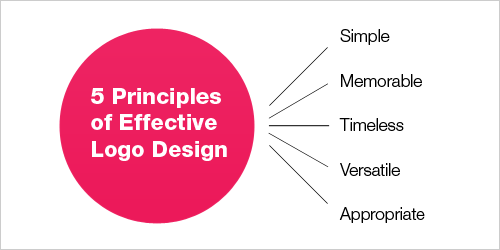You probably hear the term branding being tossed around a lot. But what exactly does it mean?
In brief, branding refers to the elements that define the image, ethos, and tone of your company and its products. Think about iconic branding elements like Apple’s logo or Taco Bell’s slogan. Hear or see those, and you instantly know what the brand truly stands for.
Know your audience
Understand who you want to “get” your brand. The user who gets excited about an app that can automatically help sort emails would look for a very different kind of branding than someone looking for a mobile game to pass the time. Identify your target market, not just by demographics but also by tastes. Is it quirky? Business-like? Cutting-edge? Retro? Disruptive?
Once you’ve determined this, you can start to create an identity that draws their attention and business. Everything counts. This can be a challenge and involves a lot of man hours.
If you feel you need to know your audience better, then we suggest using an agency that specialises in customer insights. This activity can help you find and improve your brand’s voice and attract valuable customers.
Keeping your brand consistent is key. That means that the graphic elements, copy, and any type of content all must be part of the same concept. Each element needs to be tailored to the preferences of your target consumer. If you are going with a streamlined, tech-obsessed look, for example, you should concentrate on finding angular (but legible) font styles that complement that contemporary style. It would fit to avoid pastels in favour of working with more dramatic colours. Similarly, make sure any promotions, whether on email or social media, reflect that identity.
Being memorable is the key to success
Standing out in the crowd is the best way to get your brand noticed. Taking some calculated risks can make that happen. If you are working on a portfolio site, going for monochrome can pay off – it’s dramatic and can help highlight the images. Or, you could create an immersive site where each element reflects a different time period or looks like a landscape, among other examples.
These are a few important points to bear in mind when creating a brand. Consider making a paper sketch of branding ideas to get a sense of how they look on the page before you actually create it. Try to review concepts from a consumer’s point of view. Would the brand identity and message you’ve created interest you? Are you the brand’s target audience?
The wrong brand name choice can sink your ship before you even set sail!
We are building brands in the age of technology. Because of the times we live in, public opinion of any given product are subject to the whims of first impressions and search engines. While brand loyalty extends beyond the brand name itself, the attractiveness of a company or product is often complemented by effective brand names that attract different kinds of customers. The challenge is, the naming and branding process can be difficult and time consuming.
Brand names, like any other attribute of a business, require brainstorming and work-shopping before the right idea turns into the right concept. It’s incredibly easy to pick something off the top of your head, but it could turn out to violate trademark laws or have suggestive connotations. Taking the time to come up with the right brand name will usually save you money in the long term. Rebranding is an expensive process and potentially risky for a business. An article from Entrepreneur Magazine outlines a step-by-step process for naming your business:
Decide whether you will consult the experts.
There are plenty of branding firms out there willing to help you to come up with the right name. However, it depends on what you’re willing to invest in the process. Using a firm can be expensive. Only you can decide whether your team can come up with a brand on its own or you need to enlist help.
One of the most interesting projects that a designer can take on is designing a logo.
It can be daunting and stressful to come up with logo options based on market research, and stumble upon some “design magic” through the exploratory process. Narrowing it down to a final, approved logo and then seeing it out in the world can be a very rewarding experience for a designer.
However, most of the time, a logo is not enough. Large organisations with layers of management require a thorough brand identity system that provides a unified vision and tools that help everyone build the brand. There is a difference between a brand, an identity, and a logo.
Brand vs. identity vs. logo
A brand or branding refers to the perceived image and subsequent emotional response to a company, its products, and services. It also represents the conversation that customers are having with each other about the company, and how that spreads.
An identity describes the visual devices used to represent the company. Identity systems are visual component packages that are paired with style guidelines and used as a framework to ensure the corporate image is cohesive and consistent. Some of the visual devices that leverage the brand elements and style guideline are as follows: stationery, marketing collateral, packaging, signage, messaging, and digital projects .
A logo is the central, identifiable visual element that helps customers discover, share, and remember a company’s brand. Usually it’s in the form of an icon (mark or symbol), logotype, or combination of the two. The main purpose of a logo is summed up nicely as the five principles of effective logo design in this Smashing Magazine article.


Diggin our content? Why not subscribe to our newsletter? It’s the only place for the latest news on innovation, social trends, stats, hacks and more. You can unsubscribe at any point if you find it’s not your thing.


